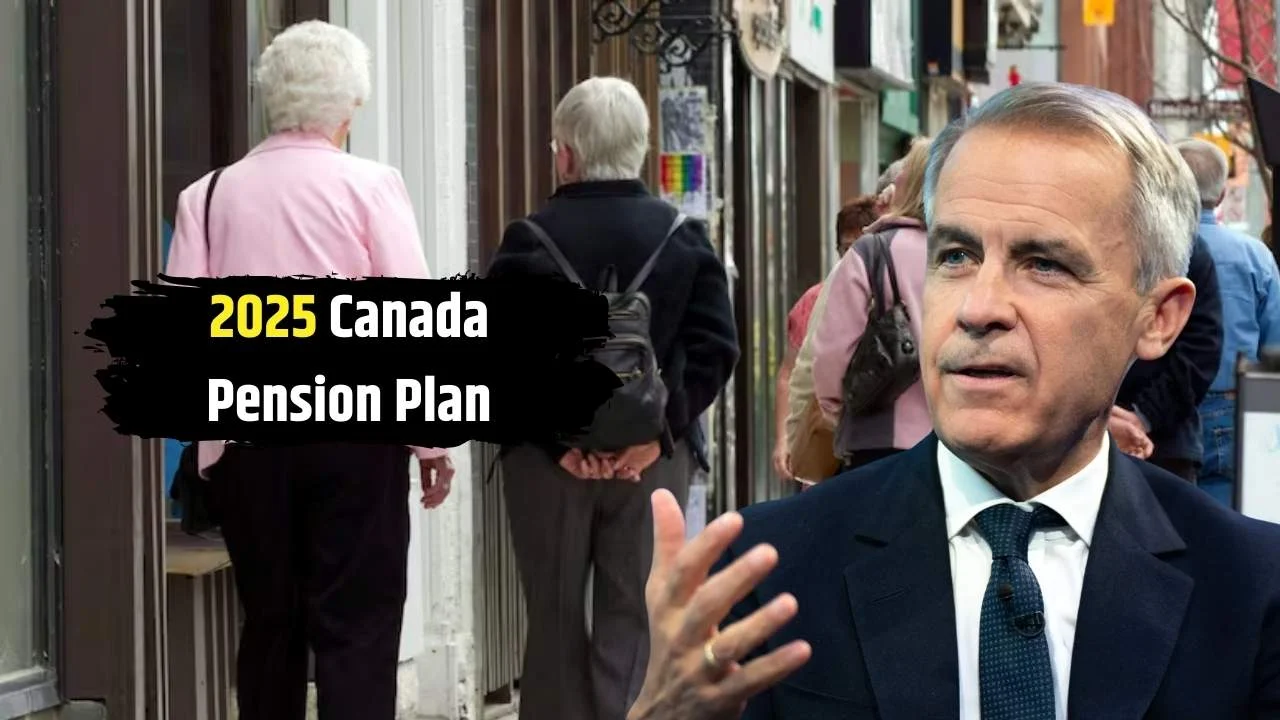In recent months, many Canadian seniors have come across claims online that the Canada Revenue Agency will issue a $2,500 one-time payment under the Canada Pension Plan (CPP) and Old Age Security (OAS). While such news may sound encouraging, it is not true. No official announcements or new legislation confirm this rumor. Instead, seniors should focus on the existing pension programs that provide reliable monthly income, including CPP, OAS, and the Guaranteed Income Supplement (GIS). These benefits remain the backbone of Canada’s retirement system in 2025 and beyond.
Understanding the $2,500 Rumor
The claim of a one-time $2,500 pension payment gained traction on social media and community forums. However, it has no credible source. The CRA has not issued any statements about such a payment, and official government websites such as canada.ca and Service Canada do not mention it. Canada’s retirement system is designed around predictable monthly income, not sudden bonuses. Without legislative approval, a lump-sum payout of this kind is not possible.
What Seniors Will Actually Receive in 2025
Instead of lump sums, seniors receive steady monthly payments through CPP, OAS, and GIS. These payments are indexed to inflation to maintain purchasing power and are usually issued at the end of each month. Eligibility depends on factors such as age, income, residency, and past contributions to CPP. This structure provides long-term stability and helps seniors plan their monthly budgets with confidence.
Canada Pension Plan (CPP) in 2025
The CPP is a contribution-based pension that replaces part of a worker’s income when they retire. Payments vary depending on how much and how long a person contributed during their working life. Seniors can begin collecting CPP as early as age 60, but taking it early reduces the monthly amount. Deferring payments up to age 70 increases the monthly benefit by as much as 42 percent.
CPP payments are taxable and adjusted annually to keep pace with inflation. For many seniors, CPP forms a major part of their retirement income, though the exact amount varies widely.
Old Age Security (OAS) in 2025
The OAS program provides additional support and is not linked to work history but to residency in Canada. Seniors aged 65 and older who meet residency requirements are eligible. The maximum OAS benefit is higher for seniors aged 75 and above, reflecting the government’s effort to support older retirees facing greater health and living expenses. Like CPP, OAS is taxable and adjusted for inflation quarterly. Partial pensions are available to those with fewer than 40 years of residency in Canada, ensuring fairness for newcomers and long-term residents alike.
Guaranteed Income Supplement (GIS) in 2025
For low-income seniors, the GIS provides further financial assistance on top of OAS. This supplement is non-taxable and depends on a senior’s income and marital status. Single seniors with little or no other income receive the highest GIS amount, while couples receive slightly less per person based on combined income. To maintain eligibility, seniors must report income regularly to Service Canada. GIS ensures that those with limited resources are not left below the poverty line in retirement.
Why No $2,500 Lump-Sum Payment Exists
CPP, OAS, and GIS are structured to provide long-term stability. Their monthly nature allows seniors to plan consistent budgets and ensures the programs remain financially sustainable. A one-time lump sum would disrupt this model and require new laws that have not been passed. For this reason, seniors should view the $2,500 rumor as misinformation and rely only on verified government updates.
How Payments Are Calculated and Adjusted
CPP amounts are calculated based on earnings history and contributions, while OAS depends mainly on residency. GIS amounts are adjusted according to income levels to provide extra help to those who need it most. All three programs are indexed to inflation, ensuring seniors do not lose purchasing power over time. Deferring CPP or OAS can increase monthly payments, but this strategy may reduce GIS eligibility, so careful financial planning is essential.
Planning for Retirement Income
Rather than relying on rumors, seniors should focus on building a reliable income plan. Practical steps include:
- Checking payment amounts through a My Service Canada Account.
- Using official calculators to estimate future CPP, OAS, and GIS amounts.
- Deciding whether to take CPP early or defer for higher benefits.
- Monitoring eligibility requirements for GIS.
- Following only government sources such as Service Canada or CRA to avoid scams.
These steps help seniors manage expectations and make informed decisions about their financial future.
Looking Ahead to 2025 and Beyond
The Canadian retirement system is designed to remain stable and predictable. Seniors can expect CPP and OAS payments to continue being adjusted for inflation, ensuring they keep up with the rising cost of living. GIS will remain a vital safety net for low-income seniors. While there may be policy discussions in the future, no official announcements currently support large one-time bonuses like the rumored $2,500 payment.
Final Thoughts
The rumor of a $2,500 one-time pension payment for Canadian seniors is not true. Instead, seniors should focus on the dependable monthly income they will receive through CPP, OAS, and GIS in 2025. These programs provide consistent support, are adjusted for inflation, and are designed to give retirees peace of mind. By planning carefully and relying on verified information, seniors can ensure financial stability throughout their retirement years.
Disclaimer
This article is for informational purposes only and does not represent official government communication. Pension amounts, eligibility criteria, and policies may change. Seniors should refer to Service Canada, CRA, or trusted financial advisors for the most accurate and up-to-date details about CPP, OAS, and GIS.



